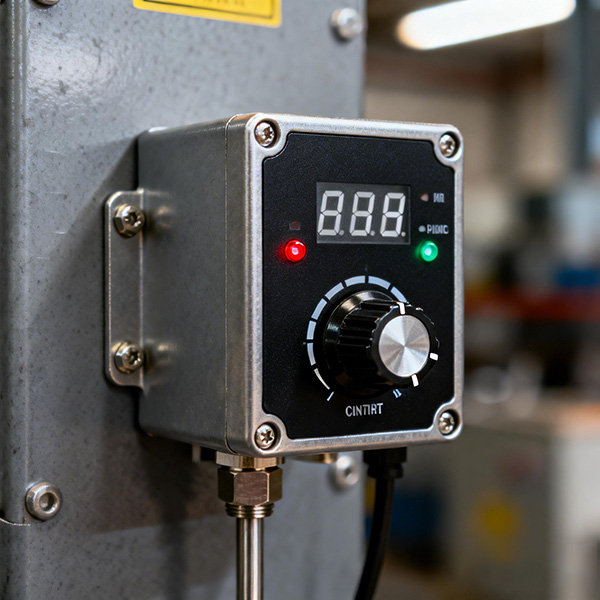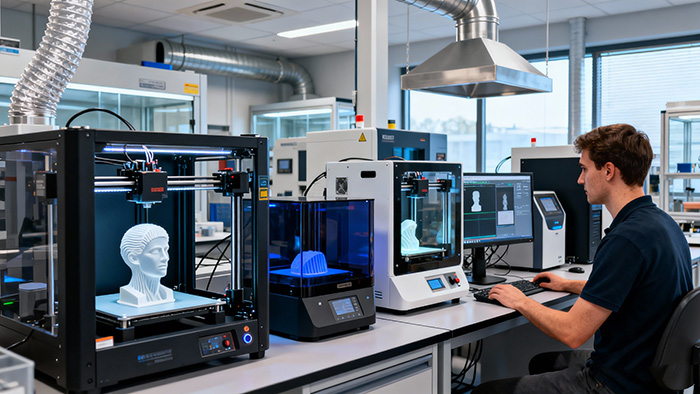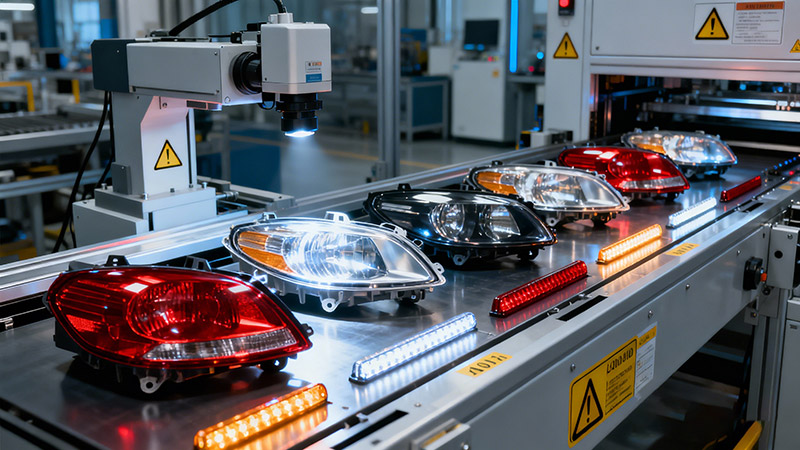What is difference ? hot runner mold VS cold runner mold
2024-12-12
When using plastic injection molding processes, the production of any part or product begins with the mold. Molding systems are categorized into two types: hot runner molds and cold runner molds. Hot runner systems utilize spiral nozzles fed by a barrel with a pump, while cold runner systems use enclosed thermosetting molds.
The primary function of any injection runner system is to guide the material flow from the gate to the mold cavity. This system requires additional pressure to push the material through the runner. The frictional heat generated within the runner mold warms the material as it flows, facilitating its movement. One of the key factors contributing to the success of any project is optimizing the runner size to suit the specific component and mold design.
1. What is hot runner mold ?
A hot runner mold is an injection molding system that uses heated channels to keep the plastic molten as it flows directly into the mold cavities, eliminating runner waste and improving efficiency and part quality.
Uses a heated manifold system to keep the plastic molten as it flows to the mold cavities.
No runners are ejected; the plastic is injected directly into the cavities.
No Waste: Eliminates the runner, reducing plastic waste.
Efficient Production: Reduces cycle time as there’s no need to cool and remove the runner.
Cost Efficiency (Long-Term): Saves material and reduces post-processing work.
Consistent Quality: Ensures uniform temperature, leading to better quality parts.
Suitable for high-volume production and complex molds.
Used in industries like automotive, medical, and packaging.
Higher initial cost due to the complexity of the system.
Mantenance and troubleshooting require expertise.
Requires precise temperature control to avoid degradation of the material.
2. What is Cold Runner Mold ?
A cold runner mold is a basic injection mold where the runner temperature matches the mold cavity. The system directs molten plastic through a locating ring, then through cooled gates and runners into the mold cavity. As the plastic cools, it solidifies into the cavity's shape, leaving solidified material attached to the runner.
A cold runner mold is an injection molding system that uses unheated channels to guide molten plastic into the mold cavities, requiring the runner to cool and be removed after each cycle, resulting in some material waste.
Plastic flows through unheated channels (runners) before entering the cavities.
The runner system solidifies and is either ejected with the molded part or separated after molding.
Lower Initial Cost: Simple design with fewer components.
Easier Maintenance: Easier to operate and maintain.
Material Waste: Runners need to be either recycled or discarded, leading to material loss.
Suitable for smaller production runs and simpler part designs.
Common in industries with less stringent material requirements.
Longer cycle time due to cooling and removal of runners.
Higher material costs in the long term due to waste.
Key Differences at a Glance:
| Aspect | Hot Runner Mold | Cold Runner Mold |
| Initial Cost | High | Low |
| Production Speed | Faster | Slower |
| Material Efficiency | High (no waste) | Low (runner waste) |
| Part Quality | Better consistency | May vary |
| Maintenance | Complex | Simple |
| Application | High-volume, complex parts | Low-volume, simple parts |
3. Conclusion
In plastic injection molding, production begins with the mold, which can be categorized into hot runner and cold runner systems. The key distinction lies in their mechanisms and efficiencies:
Hot Runner Mold:
Utilizes heated channels to maintain plastic in a molten state, delivering it directly into mold cavities without creating runner waste. Benefits include material efficiency, shorter cycle times, and consistent part quality, making it ideal for high-volume, complex designs.However, it requires higher initial costs, expert maintenance, and precise temperature control.
Cold Runner Mold:
Uses unheated channels to guide molten plastic, with the runner solidifying alongside the molded part, necessitating its removal after each cycle. It is cost-effective initially and easier to maintain but results in material waste and longer production cycles.Best suited for smaller production runs and simpler designs.
Choosing between the two depends on project requirements, production volume, and cost considerations.





